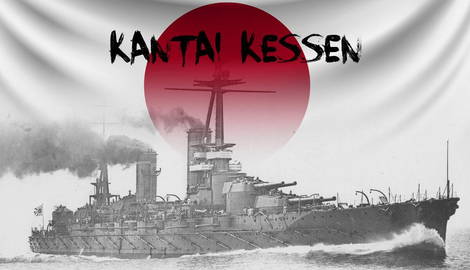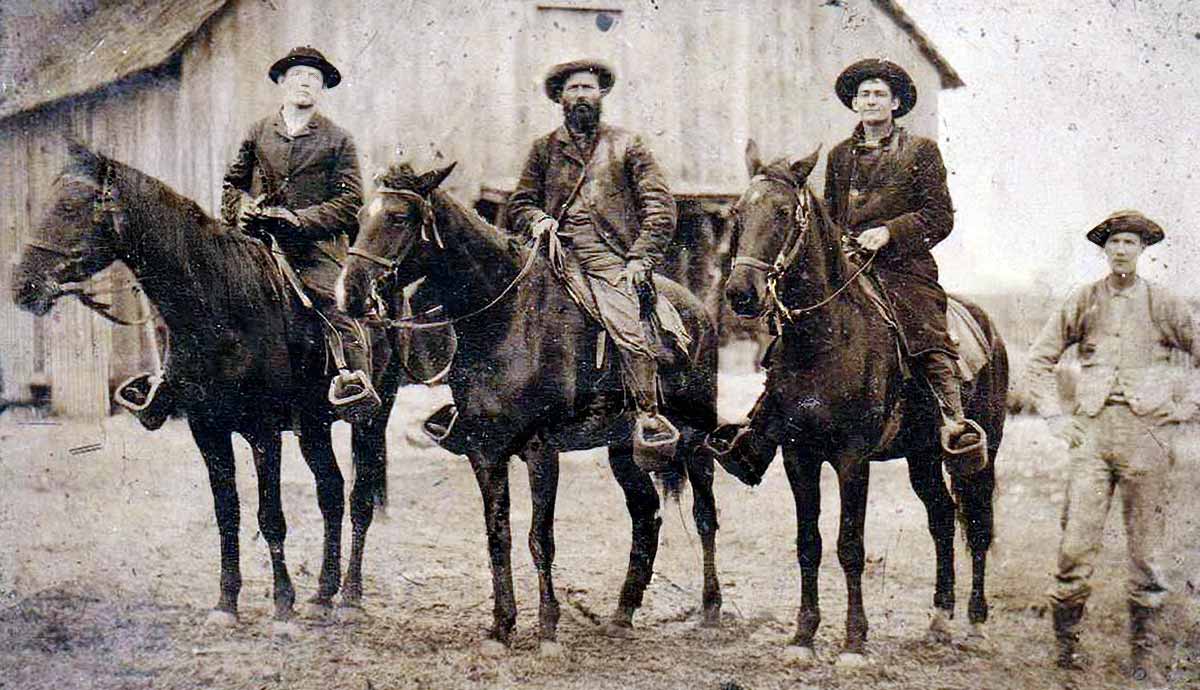
Kantai Kessen found its start in an unexpected person: American Alfred Mahan, the famous 19th-century naval strategist. His influential book, The Influence of Sea Power Upon History 1660-1783, and its sequel advocated attaining sea power by creating the largest and most powerful fleet. These theories resonated worldwide, particularly with the Imperial Navy. In the book, Mahan used Great Britain’s naval dominance as an example. Like Britain, Japan was an island power with many similarities. The Japanese tweaked Mahan’s theories to meet their own needs.
Decisive Battle Doctrine

Kantai Kessen developed from Japan looking at potential opponents. After the Great War, only two of them could be opponents: America and Great Britain. Japan reckoned with America possessing fleets in two oceans; a fleet of eight battleships and eight battle cruisers was enough. This policy was known as the Eight-Eight Fleet. Also, after 1918, Japan took over ex-German Pacific colonies, creating a perimeter far from the Home Islands. The doctrine’s goal aimed to stay close to these colonies, letting the U.S. Navy cross the Pacific for battle. During the crossing, submarines and small warships would fight, wearing down the enemy.
Once near a specified spot, the Imperial Navy’s smaller force, with better guns, armor, and training, would fight. In this one “decisive” clash, Japan hoped to smash the American Navy, thus forcing a truce to be negotiated. Negotiations would occur because of their demolished fleet and a reluctance to fight, preserving Japan’s empire.
To win that battle, Japan needed a technological and qualitative edge. In 1940, two super battleships were launched: the IJN Yamato and Musashi. Both ships weighed 63,000 tons and bore nine 18-inch (460 mm), the largest ever on a battleship. These leviathans emerged as Kantai Kessen’s cornerstone, providing the hammer to wreck the Americans. The doctrine would adapt but not really change throughout World War II.
A Compromise Struck

A new technology advanced quickly in the 1930s to threaten the battlewagons: the carrier. These floating airfields provided over-the-horizon attacks well beyond the reach of any guns. The decisive battle could take place further away from Japan, but such a change angered the conservative old guard. They couldn’t fathom being in only a support role; big guns were the doctrine.
But Japan’s brightest admirals, like Yamamoto, knew carriers to be the future. Yamato got his way as carriers took over Kantai Kessen’s primary offensive role. Future battles showed his logic: battleships would be vulnerable to aircraft, lessening their value in the ongoing sea battles.
Put To the Test

Japan’s December 7, 1941, attack against Pearl Harbor demonstrated Kantai Kessen’s evolution. The planes swooped out of the sky, looking for American carriers, but only found battleships. They sank these, but Kantai Kessen failed – no knockout blow happened. The Americans pulled back to the West Coast but only to make preparations.
The next big test came at the 1942 Battle of Midway, which stopped Japan’s expansion. The Americans cracked Japanese codes and knew Midway would be targeted. During the battle, Japan lost four carriers and hundreds of skilled pilots for one U.S. carrier. Again, the decisive battle eluded the Japanese.
In two more Kantai Kessen attempts, the 1944 Battles of the Philippine Sea and Leyte Gulf failed, too. The Imperial Navy lost more carriers, hundreds of remaining or newly trained aviators, and the super battleship Musashi to American planes. These two battles abruptly ended the Imperial Navy’s effectiveness.
The Last Hurrah

By early 1945, Imperial Japan’s navy barely existed due to losses or docked in the harbor because of fuel shortages. The merchant fleet had been decimated by American submarines and aircraft, so little fuel or raw materials reached the Home Islands. In April 1945, the Americans invaded Okinawa, right on Japan’s doorstep.

The Yamato sortied with several other ships in a last sortie to draw off the U.S. Navy. Its goal was to hit the Americans hard and then beach itself to use its guns. Supply ships would then resupply Okinawa. The Yamato trick worked as hundreds of American planes attacked, sinking her but not the supply ships. Kantai Kessen only worked if Japanese assumptions held up. The belief that one “decisive battle” had worked in 1904. But the Americans kept coming, not negotiating a surrender yet Japan never gave up on that goal.










